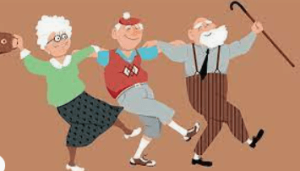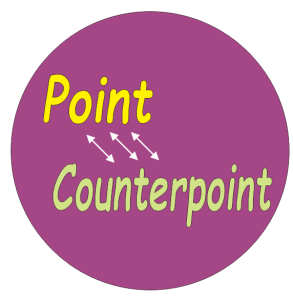
Dance to the Music
By Michael McFarland

I could sure use your company now
But don’t be mistaking my smile
I’m only in between dances
Sitting it out for a while © Universal Music Publishing Group, Bluewater Music Corp.
The above lyrics are from the song “In Between Dances” by country singer Pam Tillis. They indeed hold true now with the new strain of COVID. Many of us wish to get back to the dance floor. However, it’s time to let it all out and dance at home! Why? Dance, in fact, has such beneficial effects on the brain that it is now being used to treat people with Parkinson’s disease.
Scientists gave little thought to the neurological effects of dance until recently. Researchers have begun to investigate the complex mental coordination that dance requires. In Scientific American, a Columbia University neuroscientist suggested that synchronizing music and movement—dance, essentially—constitutes a “pleasure double play.” Music stimulates the brain’s reward centers, while dance activates its sensory and motor circuits.
Another study published in the New England Journal of Medicine by researchers at the Albert Einstein College of Medicine discovered that dance could decidedly improve brain health. The study investigated the effect leisure activities had on the risk of dementia in the elderly. They found that dance lowered participants’ risk of dementia. According to the researchers, dancing involves both a mental effort and social interaction, and this type of stimulation helped reduce the risk of dementia.
A small study undertaken by researchers at North Dakota’s Minot State University found that the Latin-style dance program known as Zumba improves mood and specific cognitive skills, such as visual recognition and decision-making. Other studies have shown that dance helps reduce stress, increases the feel-good hormone serotonin levels, and helps develop new neural connections, especially in regions involved in long-term memory.
At the Osher Center for Integrative Medicine at Brigham and Women’s Hospital, Dr. Peter Wayne, assistant professor of medicine, studies the clinical effects of mind-body and complementary/alternative medicine practices on patients with chronic health conditions.
He has conducted clinical trials designed to evaluate the safety and efficacy of tai chi for patients.
Dr. Wayne considers tai chi a more ritualized, structured form of dance. “The focus of our work is to take advantage of traditional exercises in which it’s implicit that the mind and body are connected more efficiently,” says Wayne. “Tai chi is one such exercise that we focus on because of its benefits for both balance and mental function.” Research, he says, has shown that the increased susceptibility to falls that occurs among people who are aging or who are dealing with disorders such as Parkinson’s can be mitigated by the practice of tai chi; it improves their strength and flexibility as well as their cognitive performance.
There’s room at my table; why don’t you pull up a seat?
The music’s inviting, but I’m staying off of my feet © Universal Music Publishing Group, Bluewater Music Corp.
Don’t – try room to room with The Beatles “Eight Days A Week” or Bob Seger’s “Old Time Rock & Roll.”













